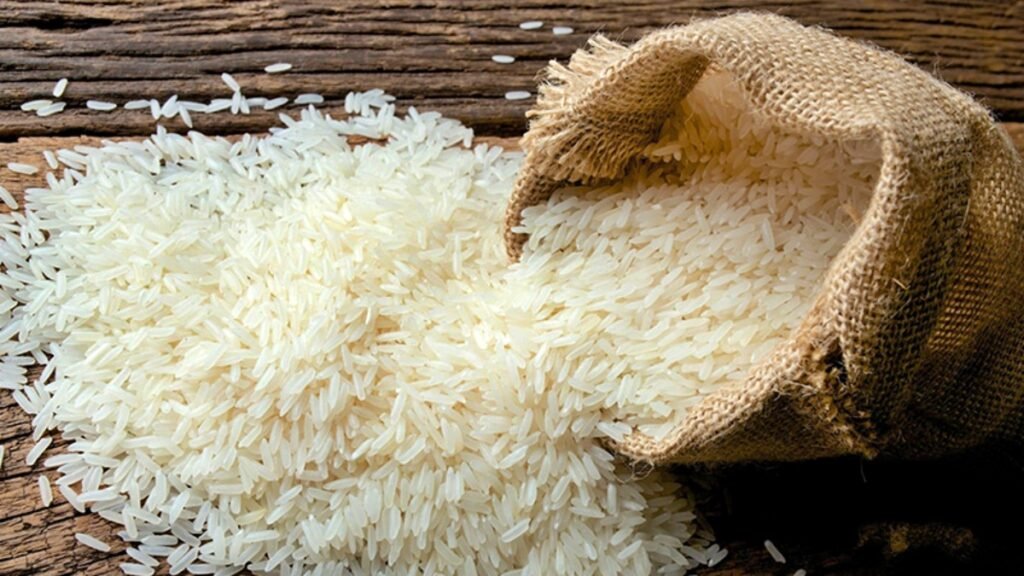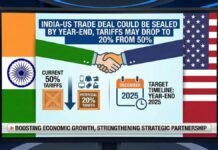
New Delhi: Consumers of non-basmati white rice in the US are facing a severe shortage of their staple food after India, the world’s largest exporter of rice, banned the shipment of the commodity to ensure adequate availability and lower prices in the domestic market. The ban, which came into effect on Thursday, July 20, has triggered panic buying, hoarding, and price gouging among Indian Americans and other ethnic groups who rely on non-basmati white rice varieties such as Sona Masoori and Ponni.
According to the Ministry of Consumer Affairs, Food & Public Distribution, the export ban was imposed to “ensure adequate availability of non-basmati white rice in the Indian market” and to “prevent inflationary tendencies in prices of rice”. India exported 14.7 million tonnes of non-basmati white rice in 2022-23, worth $5.4 billion, accounting for about 40% of the global rice trade. The ban is expected to last until March 2024, when the next harvest season begins.
The impact of the ban was felt immediately in the US, where Indian grocery stores and other outlets that sell non-basmati white rice reported a surge in demand and a shortage of supply. Many stores imposed purchase limits on customers, while some increased the prices of rice bags by two to three times. Customers reported long queues, empty shelves, and frustration at not being able to find their preferred rice variety.
“I visited almost 10 plus stores. I started looking for a bag of Sona Masoori at 9 am and it wasn’t until 4 pm that I could finally lay my hands on a bag of rice at triple its usual price,” Aruna, a resident of Sacramento, California, told ANI.
“There was a long and winding line snaking through the aisles of India Cash and Carry, as people were hoarding bags of rice. Rice is a staple in our diet, and people are panicking that it may become unavailable or expensive later,” Rama Krishnamurthy, a homemaker from Morgan Hill, California, told The News Minute.
Some customers also shared videos on social media showing people checking out cartfuls of rice bags at wholesale stores like Costco or waiting outside popular Indian grocery chains like Patel Brothers.
The ban has also put pressure on other rice exporters like Vietnam and Thailand, who are struggling to meet the increased demand from the US and other markets. According to Reuters, Vietnam’s 5% broken white rice prices rose to $500-$505 per tonne on Thursday from $490-$495 last week, while Thailand’s benchmark 5% broken white rice prices rose to $470-$490 per tonne from $460-$480.
The US Department of Agriculture (USDA) has projected that global rice production will decline by 1% in 2023-24 due to adverse weather conditions in major producing countries like India, China, and Bangladesh. The USDA has also estimated that global rice consumption will exceed production by 3.6 million tonnes, leading to a drawdown of stocks.

Non-basmati white rice is widely consumed by millions of people across Asia, Africa, and Latin America. It is also preferred by many Indian Americans and other ethnic groups in the US who use it for making traditional dishes like biryani, pulao, idli, and dosa. The export ban by India has disrupted the supply chain and created uncertainty among consumers and traders alike. It remains to be seen how long the ban will last and how it will affect the global rice market in the long run.





















































